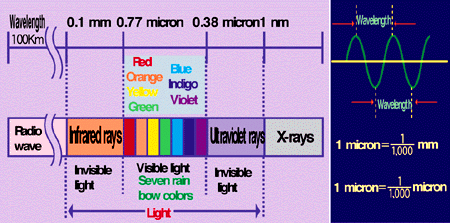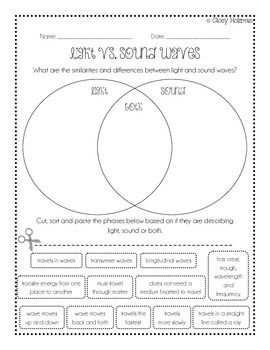

In space-time, the separation betwen two events (with separations of space Δx, Δy, Δz and in time Δt) is given byĮlectromagnetic radiation travels through space without a medium. It also appears in the theory of relativity, where it is the natural conversion between time and space. On the right are the Lorentz transformation equations and the separation of two events in space-time.Īs mentioned above, the speed of electromagnetic radiation, c = √(1/ε 0μ 0), appears as the characteristic speed in Maxwell's equations of electromagnetism. Several other galaxies are, under good conditions, visible with the naked eye, and very many more are visible with telescopes that record light that has been travelling for over ten billion years. The night sky reveals light from very distant stars.

This was persuasive evidence that light was an electromagnetic wave. Maxwell noted that the speed of the wave solution to the equations of electromagnetism was similar to that measured for light. It's interesting to compare this measured speed of radio waves with the measured speed of light. ( Thanks to Barry Perczuk, Pat McMillan and the UNSW third year physics lab for lending both the UHF oscillator and the 500 MHz oscilloscope.) The period of the wave is measured at T = 3.3 ns (the oscillator was set at 300 MHz), so the speed is λ/T = 3.0 X 10 8 m.s −1.

The oscilloscope setting had 2 ns per division, giving 20 ns across the screen. The nodes are easiest to see near the bottom, where the incident and reflected amplitudes are most similar in amplitude.Īs we saw in interference, the nodes are separated by half a wavelength, which is here L = λ/2 = 0.50 m. One gives the view at left, the other was focussed on the oscilloscope screen, whose (simultaneous) image was shown at right. They were synchronised to within a frame or two by zooming out and waving an arm in front of both. The purple curve is just an animation showing the superposition – see the previous section.) A metre rule is attached to the antenna pole for scale. The oscilloscope at right shows voltage produced across the receiving antenna in my hand. The waves are transverse and are polarised with the electric field parallel to the antenna, as we show in Transverse Electromagnetic Waves. The wavelength is one metre, so both antenna are one half a wavelength long. A secondĭipole antenna in my hand is connected to the oscilloscope whose screen we see at left. This experiment, we set up a horizontal dipole antenna on a pole and powered it with a 300 MHz Light, electromagnetism, time, space and relativity.This page supports the multimedia tutorial The Nature of Light. This is an important comparison: Maxwell realised that the waves that are a solution to the equations for electricity and magnetism had a speed similar to that measured for light. Standing waves of UHF radio are used to measure the speed of radio waves, which we then compare with the measured speed of light.


 0 kommentar(er)
0 kommentar(er)
